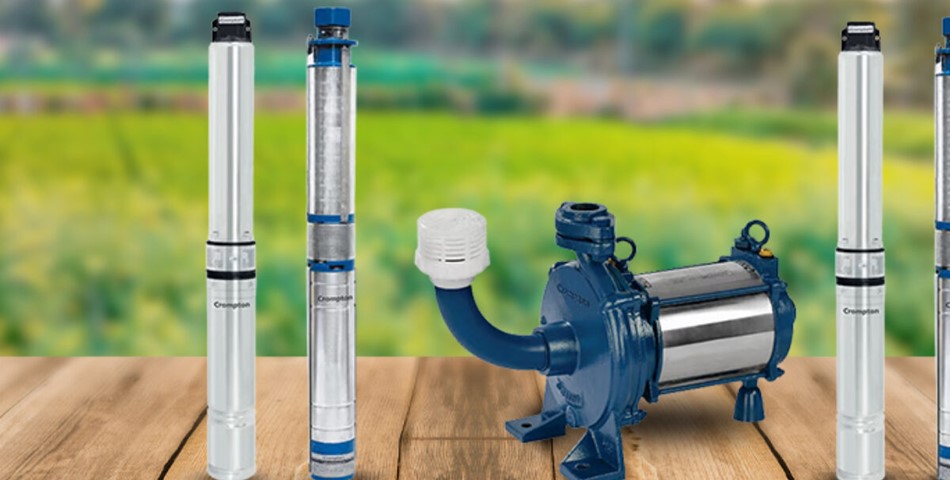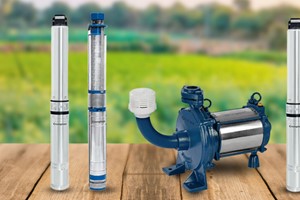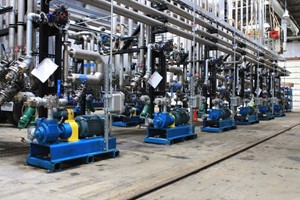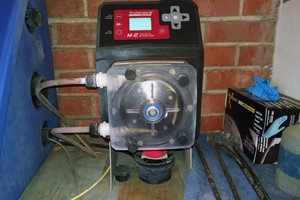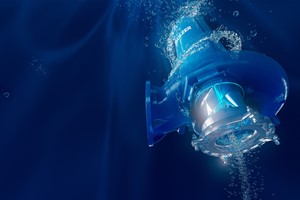Water pumps are essential tools in various applications, from agriculture to industrial processes, and even residential use. When it comes to pumping water, two common types are submersible and centrifugal pumps. Choosing the right pump for your specific needs is crucial for optimal efficiency and performance. In this article, we’ll delve into the world of water pump installations, comparing submersible and centrifugal pumps to help you make an informed decision.
Understanding Submersible Pumps
Submersible pumps, as the name suggests, are designed to be submerged in the fluid they are pumping, often installed within the water source itself. These pumps are sealed to prevent water from entering the motor, making them ideal for various applications, including well, boreholes, and deep-water pumping.
Advantages of Submersible Pumps
- Energy Efficiency: Submersible pumps are known for their energy efficiency, as they push water directly to the surface without needing to overcome gravity. This can result in lower energy consumption.
- Space-Saving: Submersible pumps do not require surface-level installation, saving valuable space and minimizing their visibility.
- Low Maintenance: Since submersible pumps are submerged, they are less susceptible to external elements and typically require less maintenance.
- Quiet Operation: The submerged design helps reduce noise levels, making them suitable for residential use.
Understanding Centrifugal Pumps
Centrifugal pumps, on the other hand, are typically installed above the water source and operate by creating a centrifugal force to move the water. These pumps are commonly used for various applications, including irrigation, dewatering, and water supply for buildings.
Advantages of Centrifugal Pumps
- Versatility: Centrifugal pumps are versatile and can handle various water sources, including shallow wells, ponds, and reservoirs.
- Easy Access: Since centrifugal pumps are installed above ground, they are more accessible for inspection and maintenance.
- Cost-Effective: These pumps are often more cost-effective to install, as they do not require submersion or specialized well construction.
- Variable Speed: Many centrifugal pumps can be adjusted for different flow rates, making them suitable for variable demand scenarios.
Factors to Consider when Choosing
- Water Source: The choice between submersible and centrifugal pumps largely depends on your water source. For deep wells or boreholes, submersible pumps are ideal. For surface water sources, centrifugal pumps may be more suitable.
- Energy Efficiency: Consider your energy consumption requirements. Submersible pumps are more energy-efficient for deep water applications, while centrifugal pumps may be better for shallow water sources.
- Maintenance: Think about the ease of maintenance and accessibility. Submersible pumps are low maintenance but may be harder to access, while centrifugal pumps are easier to service.
- Cost: Your budget plays a significant role. Centrifugal pumps are often more cost-effective to install, but operating costs may be higher in the long run.
Conclusion
Choosing between submersible and centrifugal water pump installations is a decision that should be based on your specific needs and circumstances. Both types have their advantages and are suitable for various applications. Whether you prioritize energy efficiency, ease of maintenance, or upfront costs, there is a pump solution for you.
Before making your decision, it’s essential to assess your water source, energy requirements, accessibility for maintenance, and budget. Consulting with a professional can also provide valuable insights into the best choice for your unique situation. Ultimately, selecting the right water pump is critical to ensuring a reliable water supply for your residential, agricultural, or industrial needs.




